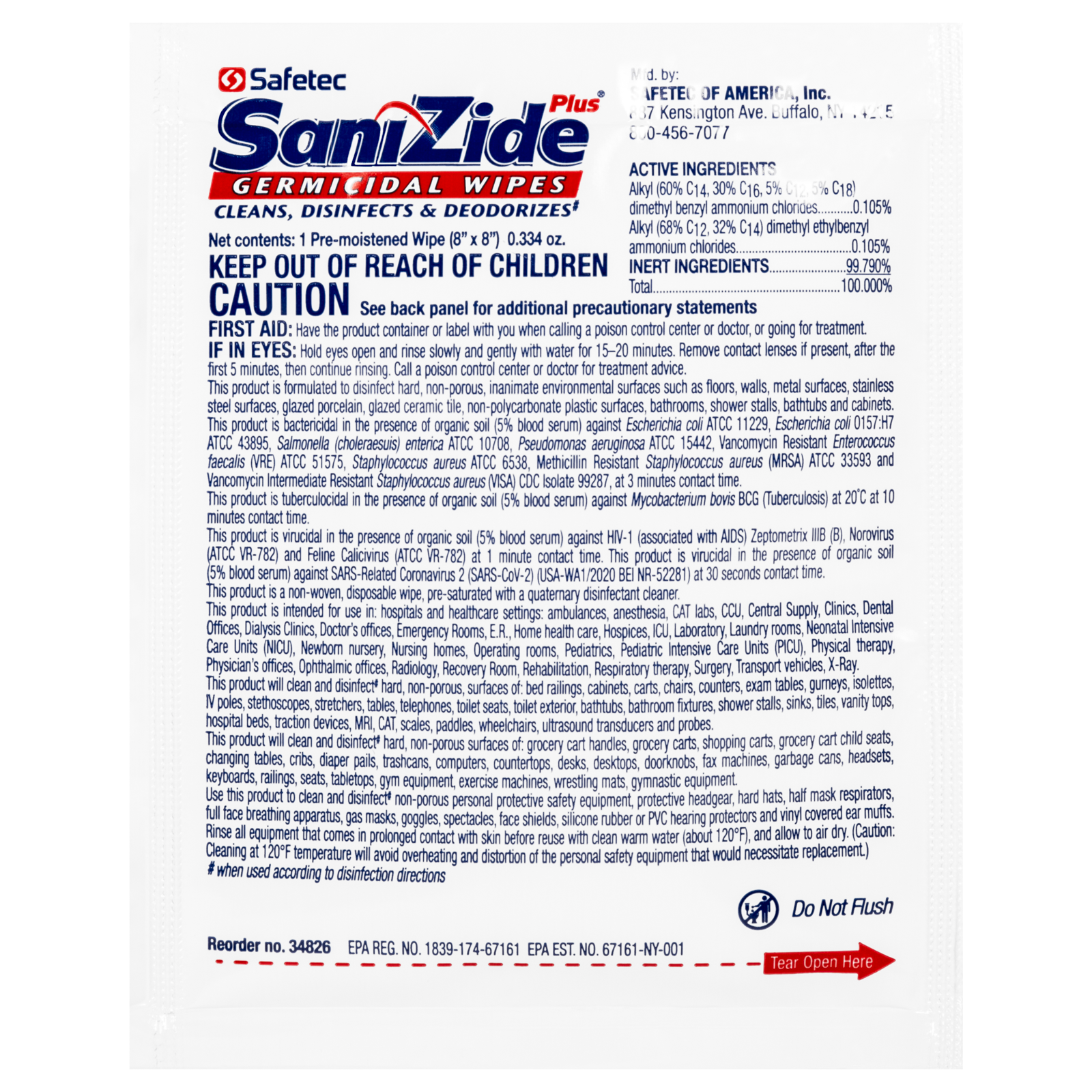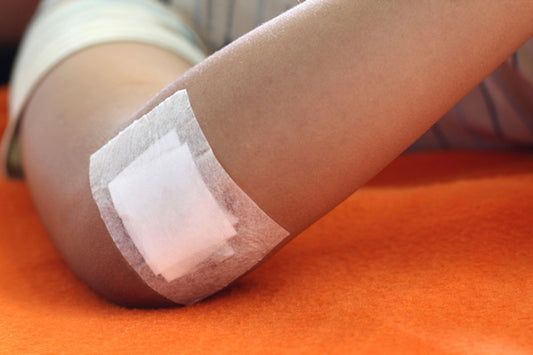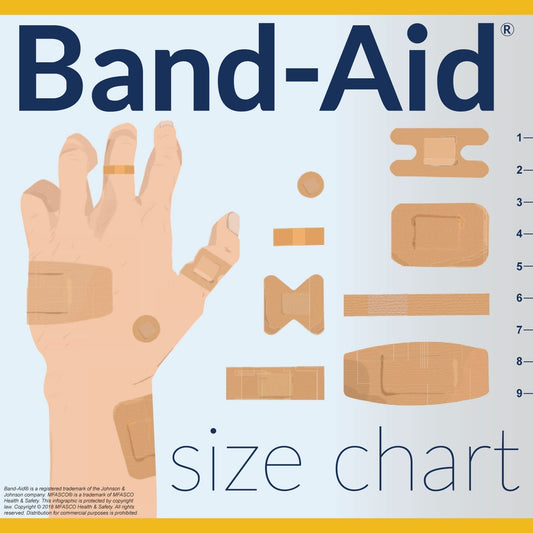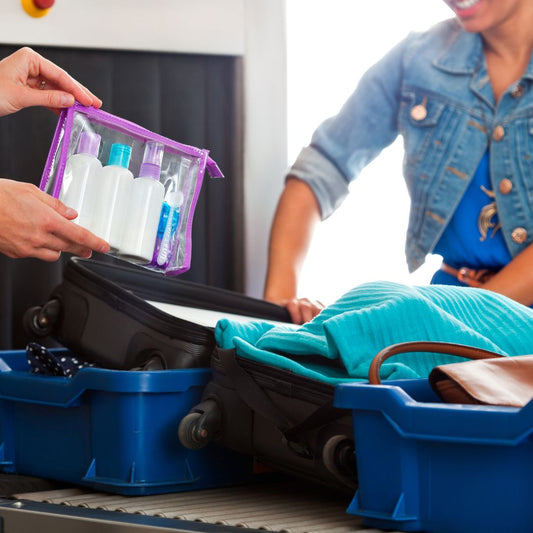Cleaners, Sanitizers and Disinfectants - What's the difference?

Knowing the difference between a cleaner, disinfectant, or sanitizer is important for your safety. They are not all the same and selecting the right one for the job is important to your health and safety. Whether it is for home use, at work, or even in a healthcare setting, we are constantly surrounded by dirt, germs, bacteria, and even some potentially infectious diseases. This is nothing new but we can help prevent sickness and cross-contamination by properly treating how they spread. Each of these 3 types of products is designed for specific purposes and this article will briefly outline what they are. Common questions about the use of these products and their applications are also answered below.
Here are the differences between Cleaners, Sanitizers and Disinfectants
- Cleaners are designed to remove dirt, oils, organic matter, and even some germs. They are not designed to kill germs.
- Sanitizers are specifically designed to reduce germs from surfaces to a safe level.
- Disinfectants are designed to destroy germs or keep them from growing. They are not to be used as cleaners. After using a cleaner you can then use a disinfectant.
The Centers for Disease Control has a good article about the proper use of cleaners, sanitizers, and disinfectants. We've addressed some of the common questions about this topic below.
Typical questions asked about cleaners, disinfectants and sanitizers
How to know what product you have? Read the label. These products will clearly tell you what their purpose is. The can of Lysol IC is clearly marked as both a cleaner and disinfectant. Reading the back of the can tells us that it is germicidal, fungicidal, and crucial. It disinfects and kills MRSA. Disinfectants that claim to be effective against Staphylococcus aureus or staph are most likely also effective against MRSA. This is a great product to use to clean off dirt, grime, germs, and even bodily fluids like blood from a first aid kit.
Is it safe to use around pets or small children? Care should always be used when applying any poisonous materials around small children or animals. The product label will explain warnings and precautions when using their product.
How long does the product need to be applied before wiping up? This is a very common question. Cleaners generally don't mention this but disinfectants and sanitizers will usually provide the length of time their product should set on the surface applied. In some cases, it may need to be set for several minutes. Be sure to read the instructions for application.
What should I do with the potentially infected rags, towels, or paper products used to clean up? In most states, unless the potentially infectious material has enough volume where it is dripping from the absorbent material it can be disposed of in the garbage.
What personal protection equipment is necessary when using the product?
Always use Universal Precautions when working with potentially infectious materials. The manufacturer's label will also inform you of what recommended personal protection equipment to use.
What are examples of surfaces I should consider disinfecting?
Consider disinfecting any shared equipment such as keyboards. Hard surfaces like desks, counters, door knobs, handles, and first aid kit latches are all places where germs and diseases can breed. Places like bathrooms should be disinfected regularly. Also, benches, chairs, escalator hand grips, and keypad buttons like on an ATM are all target germs. Even gas pump handles are common transfer points that contain bacteria and germs. Floors and walls have not been directly associated with the spread of diseases like MRSA or staph but it is a good idea to disinfect any surface that comes in contact with the hands.
As always, proper hand washing and the disposal of personal protection equipment should be used.
Bio Safety Products & Accessories
MFASCO's Make a Kit Tool
Bio Protection Products
Deluxe PPE & Clean Up Kit Plastic
Additional Resources for Bio Safety Kits & Supplies
Top 8 First Aid Kit Types
Disinfecting hard Surfaces for Workplace Health
Understanding the Importance of PPE for Bodily Fluids
Contributing Expert

Mike Brinker
Mike Brinker has been working in the first aid industry for over 35 years. He has worked with thousands of businesses,groups, and organizations to provide a healthy and safe work environment. Mike helped create “Make-A-Kit”, the internet's only online first aid kit creation tool. He has also authored many helpful first-aid and safety-related resource articles found at the MFASCO Learning Center.
















